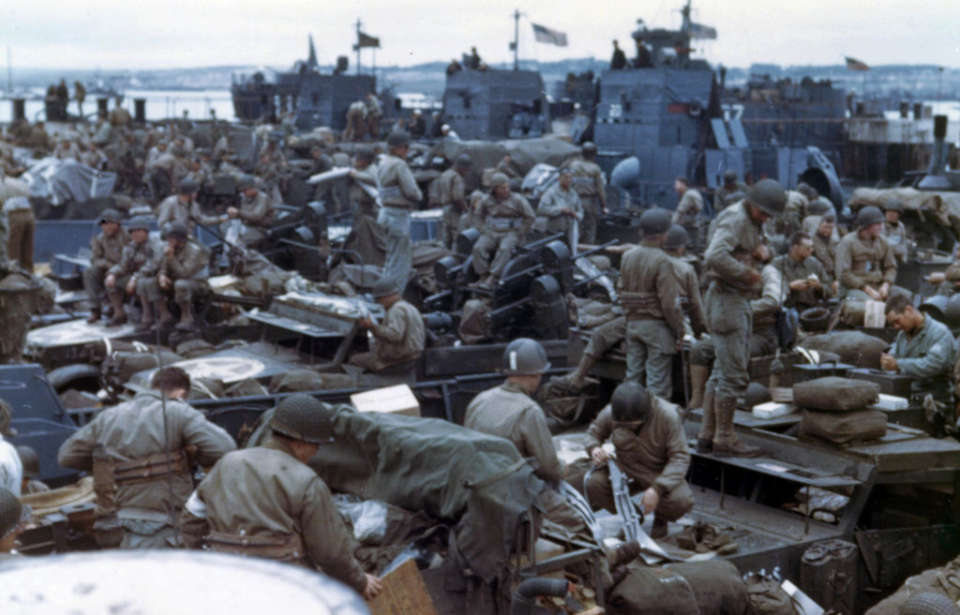In December 1943, the British Army took over a village to prepare for the Allied invasion of Normandy. On the south coast of the United Kingdom, in Dorset, the tiny settlement of Tyneham was located in an area the military wanted to use to train for D-Day.
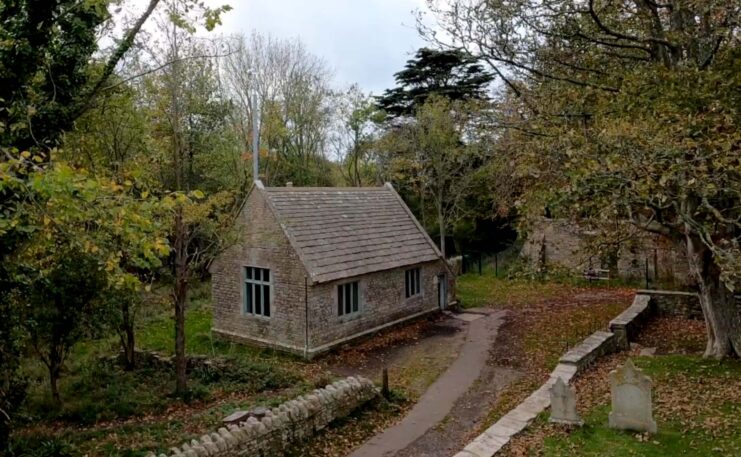
The residents of this small community were instructed to leave their homes with 28 days notice, with their former home being absorbed into the extended military training area around Lulworth. Vital training was carried out in and around Tyneham in secret in the build-up to D-Day on June 6, 1944.
Over time, the buildings making up the village were damaged by the military training.
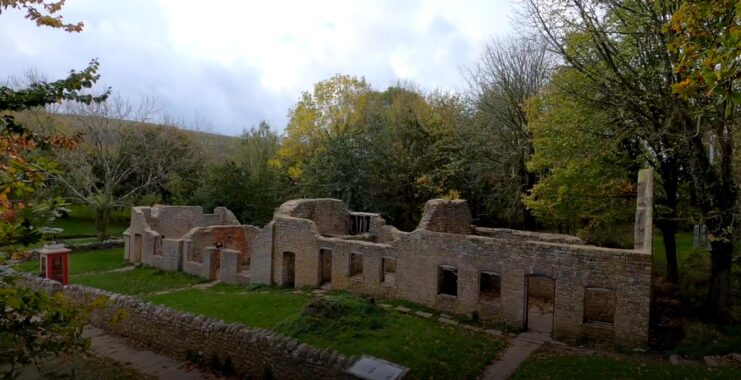
Following World War II, former residents reached out to the British Government, to inquire about when and if they could return. Their requests were turned down, as the extended training area was viewed by the military as the perfect place to train tank crews stationed at Bovington Camp, which was nearby.
The Lulworth Ranges safety area was out to sea, and the new range had the high hills. With the sea exclusion zone in place, it made sense to include the area around Tyneham, too.
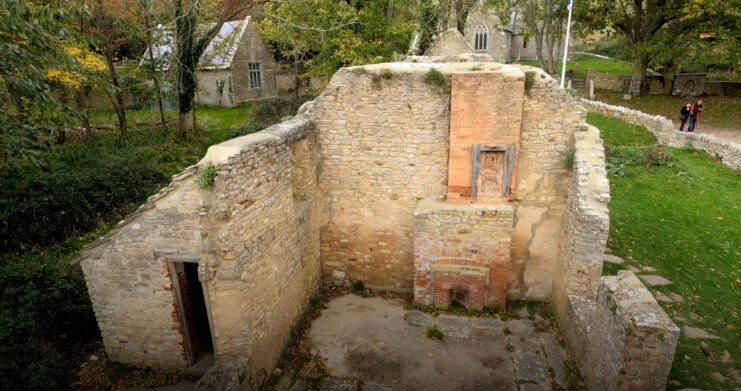
The remnants of Tyneham are open to visitors every weekend and for extended periods during the main holiday times in the UK.
The small village is complete with a school and numerous former homes, all centered around St. Mary’s Church. The school and church are in excellent condition, whereas the homes have fell victim to damage over the years. The terrace of the structure that once played host to Tyneham’s post office is just a shell, as are the other cottages.
Both the church and school have undergone preservation work and serve as an excellent resource for visitors to find out more about the history of the village and those who once lived there.
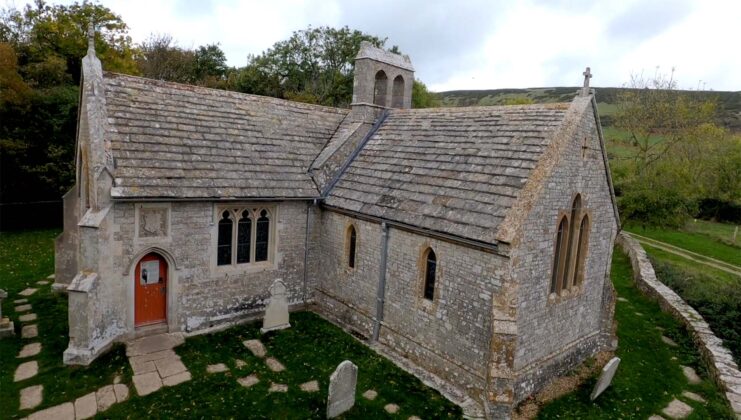
There’s an extended walk down to the coast to Worbarrow Bay, direct from the village. A pop-up cafe there is operated by the Salt Pig, and the bay forms part of the Jurassic Coast UNESCO World Heritage Site.
The mile-long walk should be made by staying along the path – as it’s still part of the British Army’s training area, spent and/or unexploded ordnances could be present. The advice is to not touch them and report any explosives you come across
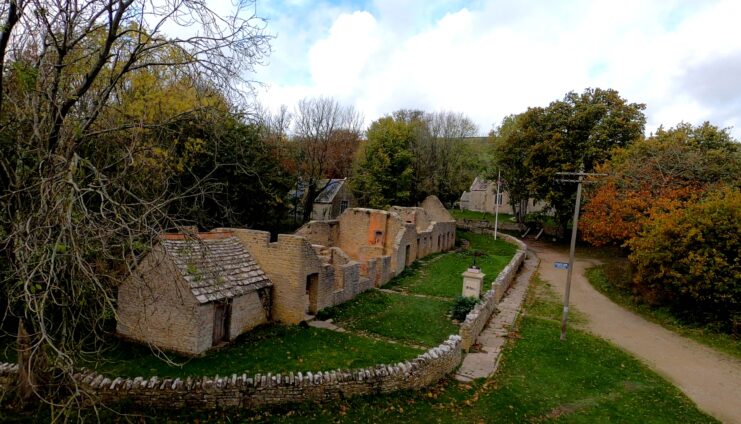
Arthur Grant was thought to be the last living former resident of the village. A local photographer, he left Tyneham in 1943, when the D-Day preparations were occurring. He did return on occasion to attend any memorials and ceremonies held there.
Want War History Online‘s content sent directly to your inbox? Sign up for our newsletter here!
Grant’s ultimate wish was to one day return to Tyneham permanently. This request was granted in 2010, when his ashes were interred in the churchyard following his death.
